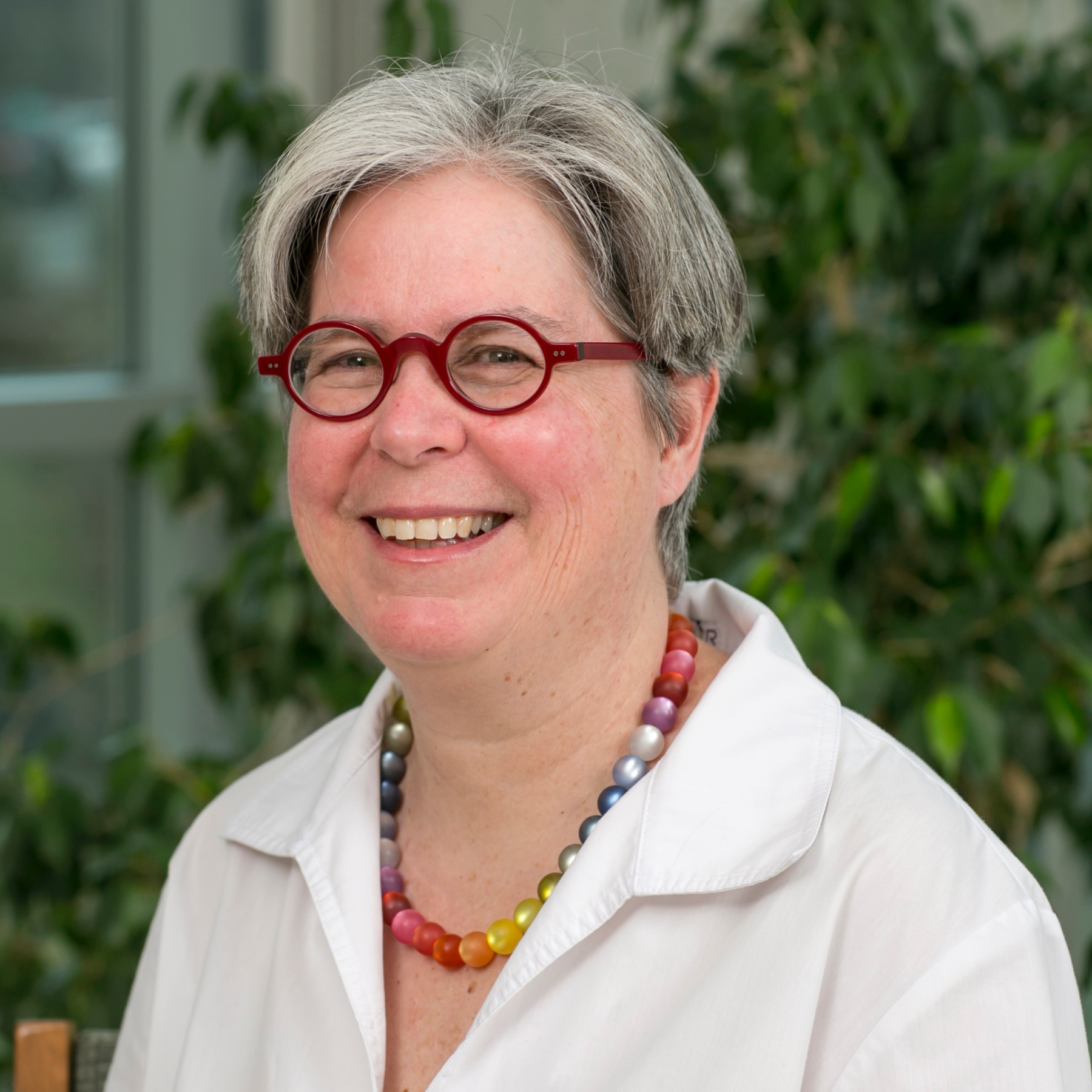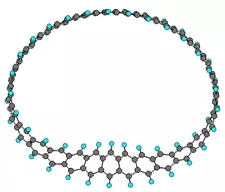Michelle Francl

Contact
Department/Subdepartment
Education
B.S., University of California, Irvine, 1979.
Ph.D., University of California, Irvine, 1983.
Postdoctoral research, Princeton University, 1983-1985.
Areas of Focus
Computational and theoretical chemistry; history and philosophy of chemistry; science communication
Biography
Michelle M. Francl, Ph.D. is the Frank B. Mallory Professor of Chemistry. She joined Bryn Mawr's faculty in 1986. She was appointed an Adjunct Scholar of the Vatican Observatory in 2016. She is a quantum chemist who has worked in areas ranging from the development of methods for computational chemistry to the structures of topologically intriguing molecules.
Her essays on science, culture and policy appear regularly in Nature Chemistry and other venues, including Slate. She was elected a Fellow of the American Chemical Society in 2009 and was the 2019 recipient of the ACS Philadelphia Section Award. She gives occasional workshops on writing for scientists.
Computational Chemistry Research
It is now possible for chemists to routinely probe questions of chemical structure and reactivity without recourse to a traditional laboratory. Advances in theoretical and computational chemistry have enabled chemists to extract reliable answers from calculations for many systems. My research group is interested in the application of theoretical models to problems of interest in organic, inorganic and biological systems.
The mere ability to accurately calculate the structures of complex molecules in not always entirely satisfying. A true grasp of the chemistry requires an understanding of the intrinsic structural and physical factors that govern structure. A case in point are the [n]mobiusenes, condensed aromatic molecules which mimic Möbius ladders. Larger molecules are less strained than their smaller counterparts, but all show a counterintuitive localization of the twist. One imagines that the molecule would be less strained if the twist were distributed evenly around the molecule. What is the impetus for the localization? What are the consequences for the molecular reactivity? The answers to these questions can be found by mixing computational chemistry with a dash of topology and a generous dollop of differential geometry. My research group is taking an interdisciplinary approach to this and related problems.
History and Philosophy of Chemistry
My primary interest is in the unstated assumptions chemists make in their work as well as how they communicate the significance of their work to each other and to public audiences. What are the concepts and frameworks chemists wield without conscious thought, such as temperature and topology? Is chemistry a science in the same way that physics is a science? How can we provide pathways for those outside the field to use our frameworks? What kinds of stories do (and should) chemists tell about their work? Who is zombie Marie Curie and why is she so troublesome? How do we build women into (and out of) the physical spaces of chemistry?
Selected Publications
Poetic Licence, M.M. Francl, Nature Chemistry, 13, 3-4 (2021). What role does poetry by scientists and about science play in the research laboratory?
From Permission to Poise, L.M. Balbes and M.M. Francl, in Addressing the Gender Gap in Science, ed. S. Azad, ACS Symposium Series #1354, (2020). 10.1021/bk-2020-1354 On the changing advice given to women in the workplace.
Double Vision, M.M. Francl, Nature Chemistry, 11, 597-598 (2019). Is chirality a binary characteristic or a continuous function? Can a molecule be slightly chiral?
Sugar of lead, M.M. Francl in Oxford Companion to Sugar and Sweets, ed. D. Goldstein, Oxford University Press, 2015. p 397 Sweet and dangerous.
CF3 Rotation in 3-trimethylfluorophenanthrene: X-ray Diffraction and ab initio Electronic Structure Calculations, X. Wang, F.B. Mallory, C.W. Mallory, A.J. Rheingold, P.A. Beckmann, M.M. Francl, J. Phys. Chem. A, 110, 3954-3960 (2006).
Steeped: The Chemistry of Tea, M.M. Francl (2024), Royal Society of Chemistry.
Teaching
Courses Taught
- General Chemistry
- Quantum Chemistry
- Thermodynamics, Statistical Mechanics and Chemical Kinetics
- Writing Science
- ESEM: Women who see through walls
Curricular Materials Development
- NSF funded Physical Chemistry in Context project
- "The Survival Guide for Physical Chemistry" M.M. Francl, Preface
- "Introduction to the Use of Numerical Methods in Chemical Kinetics", M.M. Francl, MathSource, Wolfram, Inc, 2000.
- "Introduction to Statistical Mechanics", M.M. Francl, MathSource, Wolfram, Inc, 2000.
